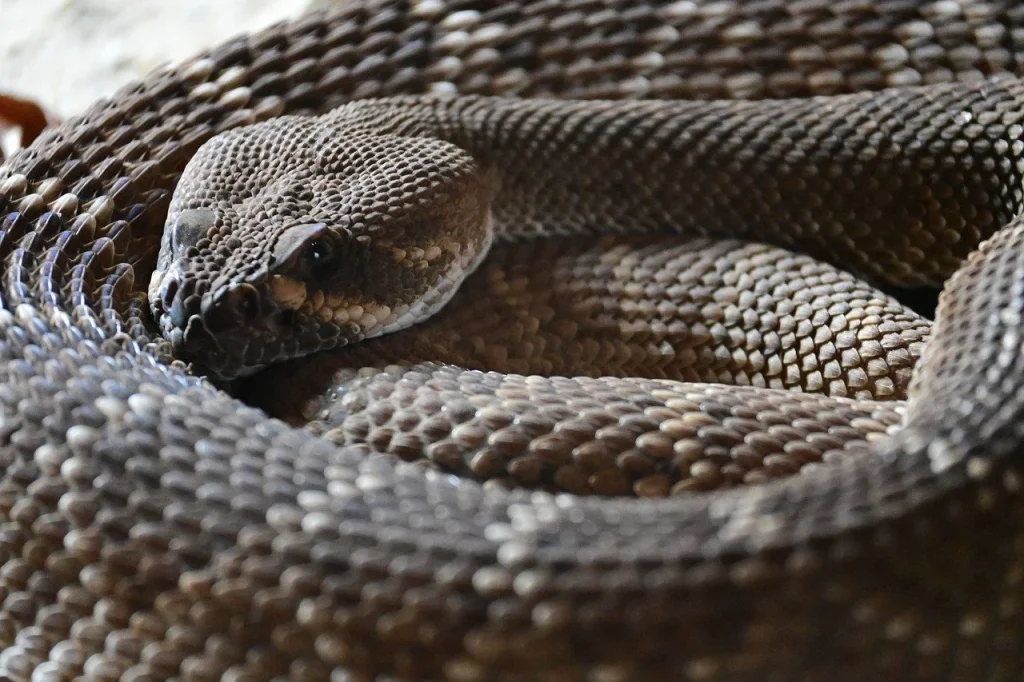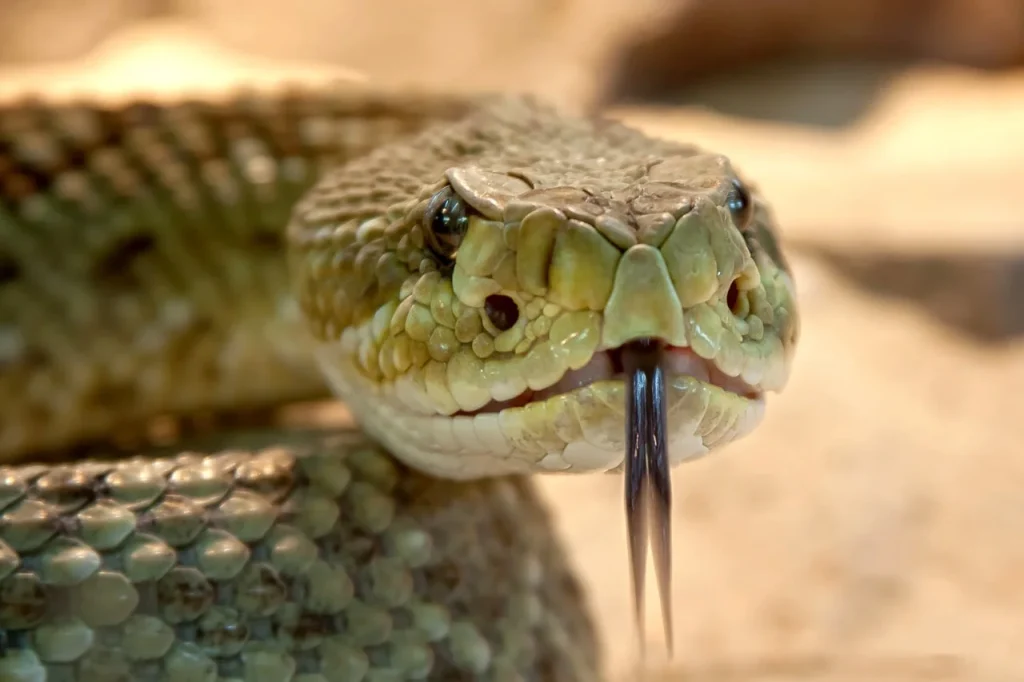
- They shed their skin several times a year, a process that allows them to grow and remove parasites.
- They are one of the few snakes that can survive in areas with harsh winters by entering a state of brumation, a hibernation-like state.
- Some species have been observed sharing hibernation dens with other snake species, including non-venomous ones.
- They can control their body temperature by basking in the sun or seeking shade, a behavior known as thermoregulation.
- They have been known to form seasonal aggregations, with dozens of individuals gathering in the same area.
- They can regenerate lost segments of their rattle over time.
- Despite their reputation, fatalities from their bites are rare due to advances in medical treatment and antivenom.
- Some species are listed as threatened or endangered due to habitat loss and human persecution.
- They have a relatively slow reproductive rate, with some species only giving birth every two to three years.
- They play a vital role in their ecosystems by keeping the population of small mammals in check.
- They possess a highly developed vomeronasal organ, also known as Jacobson’s organ, which helps them detect pheromones and other chemical signals.
- Their diet can vary significantly depending on the species and habitat, ranging from insects and small mammals to birds and amphibians.



2 Comments
Very informative. So many things I did not know. Thank you
Very interesting info! I have to point out something though! You mention early in the article that these snakes can launch up to two thirds of their body length in a strike. But in the myths section you say they can launch up to one third of their body length. I suppose it depends on the specific breed that determines that maybe?